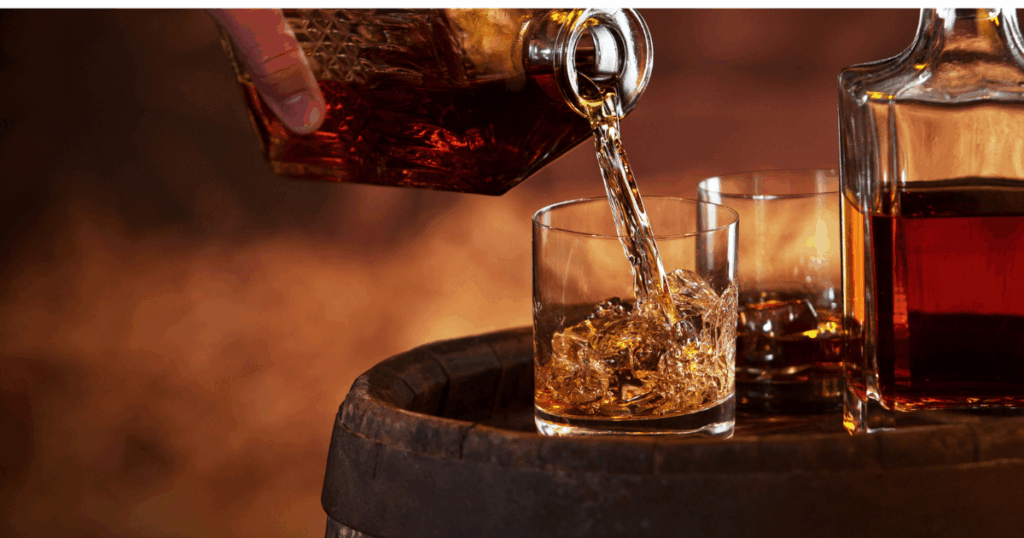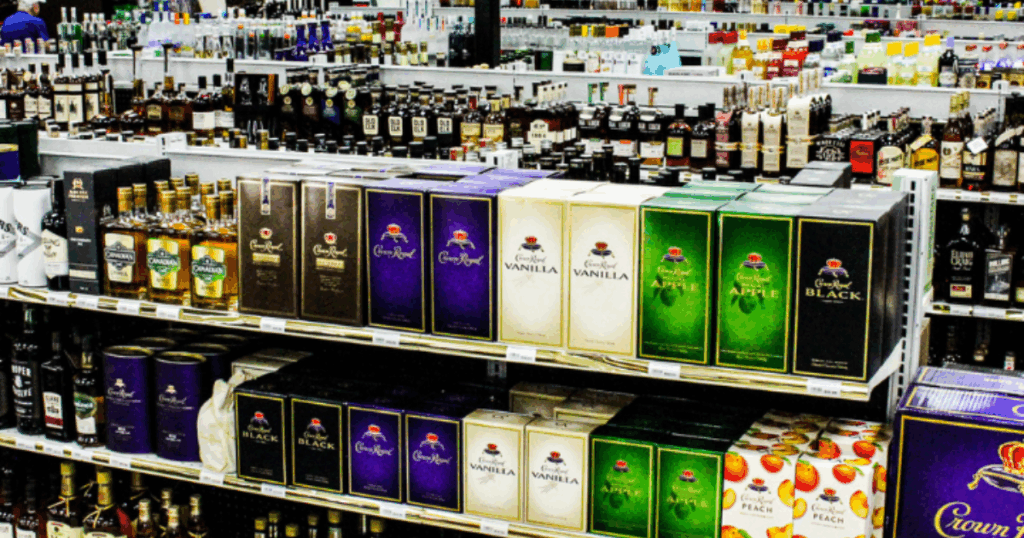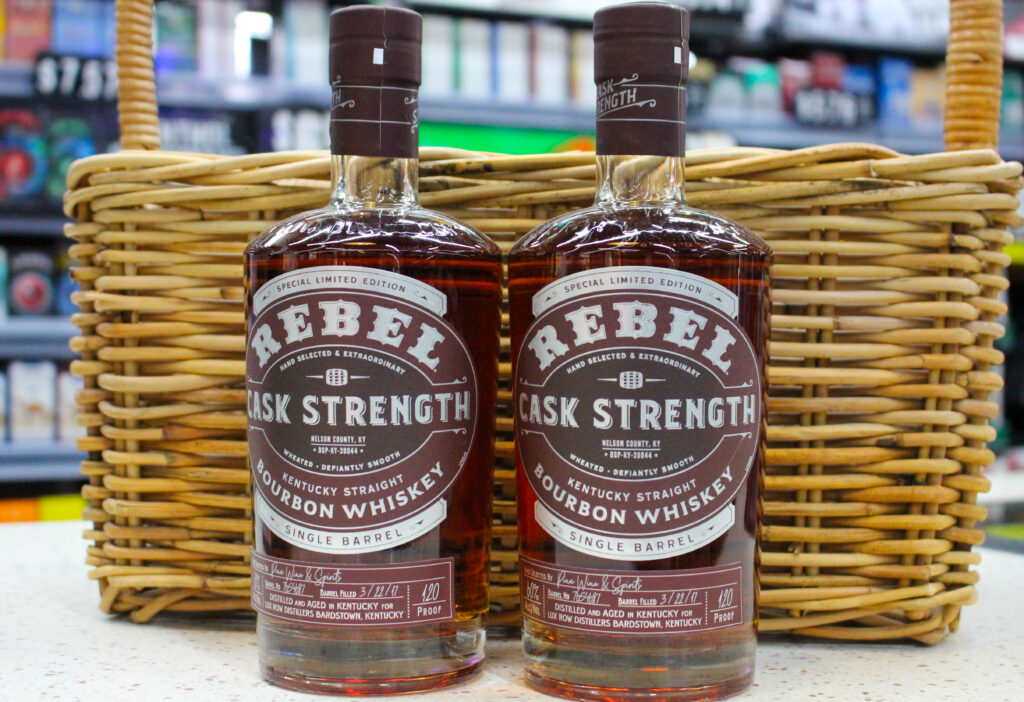When it comes to distilled spirits, few categories are as diverse and complex as whiskey. Or is it whisky? The world of whiskey encompasses a broad range of styles, flavors, and traditions, each shaped by distinct production methods and regional influences. For newcomers and seasoned enthusiasts alike, understanding the differences between whiskey, whisky, bourbon, and Scotch can deepen your appreciation for these iconic beverages. Let’s break down the nuances that make each one unique.
Whiskey vs. Whisky: What’s in a Name?
The terms “whiskey” and “whisky” are often used interchangeably, but the spelling variation offers clues about the spirit’s origin:
- Whiskey (with an “e”):
- Commonly used in the United States and Ireland.
- Examples: American bourbon, Tennessee whiskey, Irish whiskey.
- Whisky (without an “e”):
- Used in Scotland, Canada, and Japan.
- Examples: Scotch whisky, Canadian whisky, Japanese whisky.
The distinction is largely linguistic, but it’s a helpful shorthand for identifying a spirit’s country of origin.
What Defines Whiskey?
At its core, whiskey is a distilled spirit made from fermented grains. These grains can include barley, corn, rye, and wheat, depending on the type of whiskey being produced. Key elements in whiskey production include:
- Mashing:
- Grains are mixed with water and heated to create a mash, converting starches into fermentable sugars.
- Fermentation:
- Yeast is added to the mash to ferment the sugars into alcohol.
- Distillation:
- The fermented liquid is distilled to concentrate the alcohol and flavors.
- Aging:
- Whiskey is typically aged in wooden barrels, where it develops its flavor and character over time.
Bourbon: America’s Native Spirit
Bourbon is a type of whiskey that originated in the United States, with its production governed by strict legal standards. To be labeled as bourbon:
- Mash Bill:
- Must contain at least 51% corn.
- Barrel Aging:
- Aged in new, charred oak barrels.
- Distillation and Bottling:
- Distilled to no more than 160 proof and entered into barrels at no more than 125 proof.
- Bottled at a minimum of 80 proof.
- Additives:
- No flavorings or colorings may be added.
Flavor Profile:
- Bourbon is often characterized by its sweet, rich flavor, with notes of caramel, vanilla, and oak. Common examples include Maker’s Mark, Buffalo Trace, and Woodford Reserve.
Scotch Whisky: Scotland’s Pride
Scotch whisky, or simply Scotch, is produced exclusively in Scotland under strict regulations. Key characteristics include:
- Ingredients:
- Made primarily from malted barley.
- Aging:
- Must be aged in oak barrels for a minimum of three years.
- Regions:
- The flavor of Scotch varies by region:
- Highlands: Balanced with floral and fruity notes.
- Islay: Known for its smoky, peaty character.
- Speyside: Light and sweet, with fruity and nutty flavors.
- The flavor of Scotch varies by region:
Flavor Profile:
- Scotch whiskies range from light and grassy to bold and smoky, depending on the region and production style. Notable brands include Glenfiddich, Laphroaig, and Macallan.
Irish Whiskey: Smooth and Approachable
Irish whiskey is known for its smoothness and lighter profile, making it an accessible choice for beginners. Key features include:
- Triple Distillation:
- Most Irish whiskeys are triple distilled, creating a smoother spirit.
- Ingredients:
- Typically made from a mix of malted and unmalted barley.
- Aging:
- Must be aged in wooden barrels for a minimum of three years.
Flavor Profile:
- Expect a clean, light, and slightly sweet taste with hints of vanilla and honey. Popular brands include Jameson, Redbreast, and Bushmills.
Canadian Whisky: Versatile and Blended
Canadian whisky, often referred to simply as “rye,” is known for its smooth, light flavor. Key characteristics include:
- Blended Approach:
- Typically a blend of different grain whiskies, including corn, rye, and barley.
- Aging:
- Must be aged in oak barrels for at least three years.
Flavor Profile:
- Canadian whisky is often lighter and less intense than other styles, with subtle spice and vanilla notes. Examples include Crown Royal and Canadian Club.
Japanese Whisky: Precision and Elegance
Japanese whisky has gained international acclaim for its meticulous craftsmanship and balance. Inspired by Scotch whisky, Japanese producers focus on precision and innovation.
Flavor Profile:
- Japanese whiskies are known for their delicate and refined flavors, often featuring floral, fruity, and smoky notes. Notable brands include Suntory and Nikka.
Key Differences at a Glance
| Type | Region | Key Ingredients | Aging Requirements | Flavor Profile |
| Bourbon | USA | At least 51% corn | New charred oak barrels | Sweet, caramel, vanilla, oak |
| Scotch | Scotland | Primarily malted barley | Minimum 3 years in oak | Varies by region: smoky, fruity, peaty |
| Irish Whiskey | Ireland | Malted & unmalted barley | Minimum 3 years | Smooth, light, slightly sweet |
| Canadian Whisky | Canada | Blended grains | Minimum 3 years in oak | Light, versatile, with subtle spice |
| Japanese Whisky | Japan | Barley and other grains | Varies, often 3+ years | Delicate, floral, balanced |
How to Choose Your Whiskey
When selecting a whiskey, consider the following:
- Flavor Preferences:
- Do you prefer sweet and smooth (bourbon) or bold and smoky (Scotch)?
- Occasion:
- Choose Irish whiskey for casual sipping or a Japanese whisky for a refined experience.
- Experimentation:
- Don’t be afraid to try new styles or brands to expand your palate.
Conclusion
The world of whiskey offers something for everyone, from the smoky depths of Islay Scotch to the smooth sweetness of Kentucky bourbon. By understanding the differences between whiskey, whisky, bourbon, and Scotch, you can better navigate this diverse category and find the perfect dram to suit your taste. So pour yourself a glass, savor the complexity, and toast to the timeless appeal of this beloved spirit.






